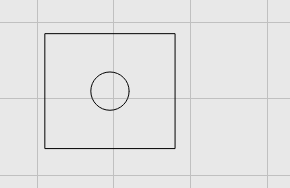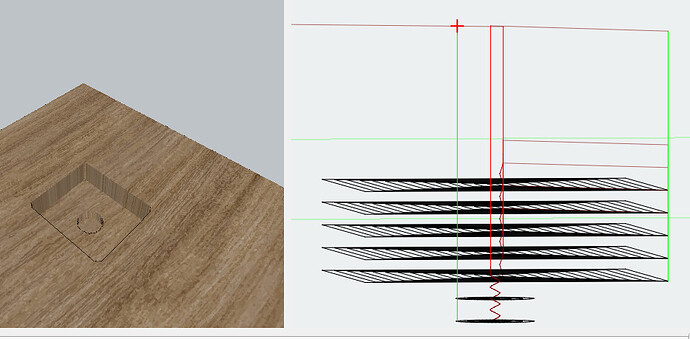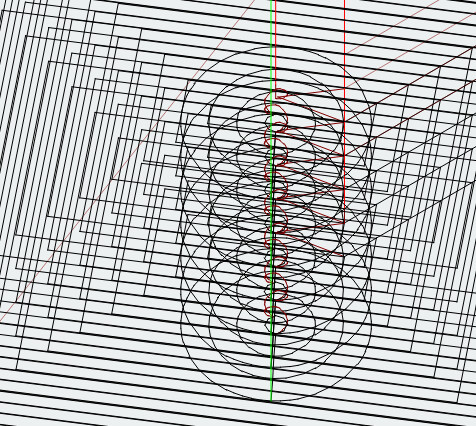When choosing a bit or operation, there are the choices of “Depth Per Pass” (DP) and “Start Depth” (SD). If a DP is any value greater than 0 depth (d) yet SD is 0, with a one-inch total cut, does that mean the initial pass would be an air-cut since the SD is 0 or would it know to make the first pass equal to what DP is? For a novice, why would there be a starting depth if every pass is always value DP? I can understand if the total depth desired is less then DP that the first cut would be less then DP but still why have an SD be anything different then the DP (unless too shallow a final depth)?
The docs are a good source of info on this topic - for example, if doing a pocket this page has the details.
Depth per pass - should always be greater than zero - that’s how far down the bit will go on each pass until it reaches the final depth.
Starting depth - is often zero (usually meaning start at the top of the material) but it doesn’t have to be.
There would not be an air cut (the initial cut would be at the sum of the SD+DP).
Why might you want an SD other than zero? In the example below the goal is to cut a square pocket 5mm deep, followed by a round pocket 7 mm deep.
The first operation for the square is a pocket with an SD of 0, DP of 1mm, and final depth of 5mm. The second operation (for the circle) has an SD of 5mm, DP of 1, and final depth of 7.
In the preview, you can see the result and the two operations, with the second one starting at the bottom of the square pocket.
If the SD for the circular pocket had been left at 0, then there would be air cutting from the top of the material down to 5 mm, as shown below.
I find the preview is a great way to learn how the cuts will work in practice.
Thanks @cyberhiker , that makes sense.


